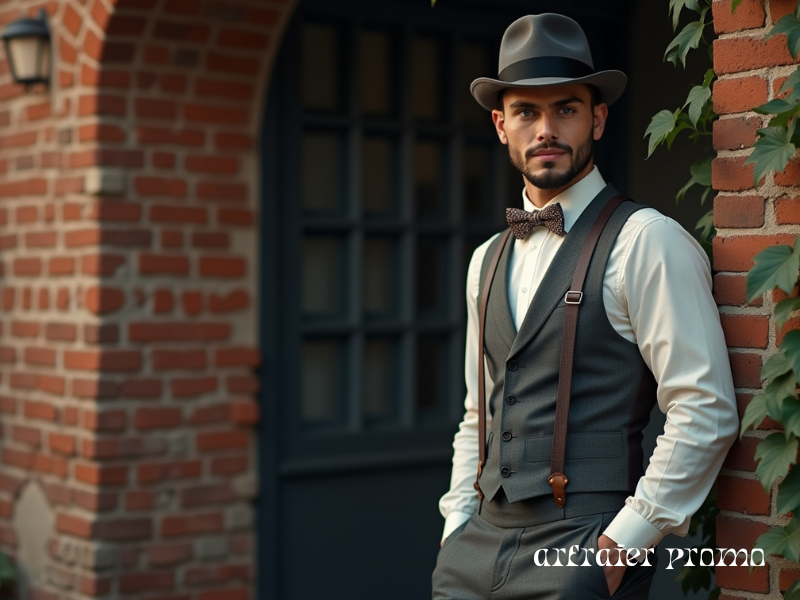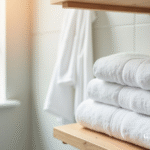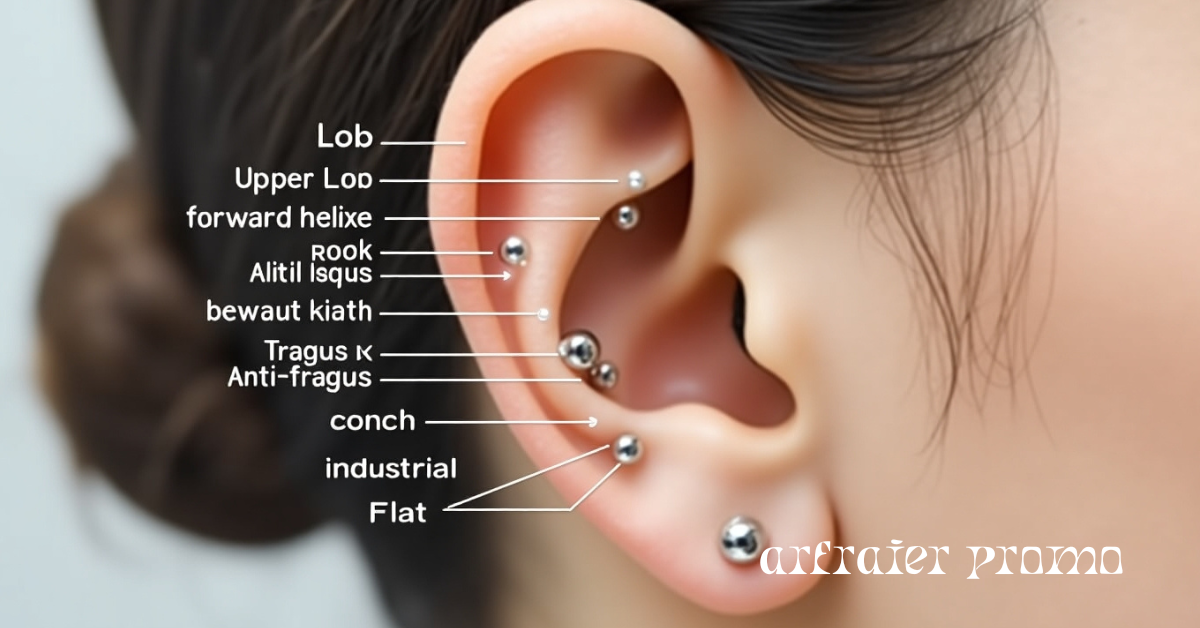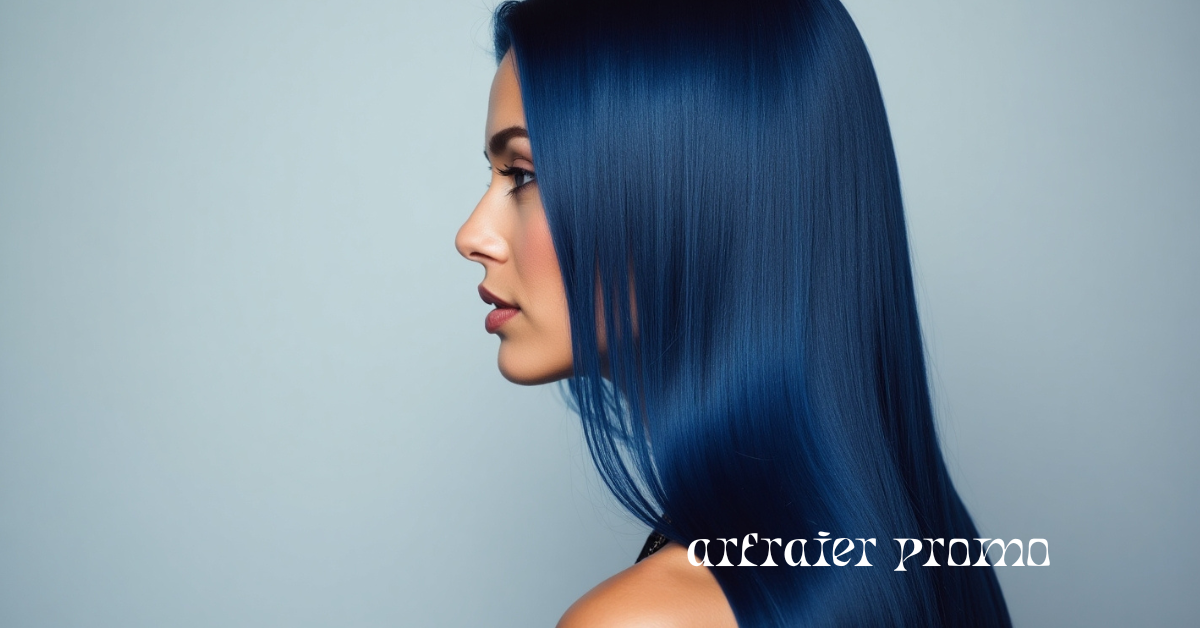The 1920s marked a turning point in men’s fashion — a decade known for its energy, elegance, and rebellion against old traditions. It was the Roaring Twenties, when jazz filled the streets, prohibition fueled underground parties, and men embraced a more confident and modern sense of style. Among the many fashion trends of that era, the 1920s suit stood out as a defining symbol of sophistication, wealth, and individuality.
From the smooth lines of tailored suits to the richness of tweed and flannel, men of the 1920s dressed with intent and flair. This article explores what made 1920s suit fashion iconic, diving into its fabrics, cuts, styles, and influence on today’s menswear.
The Golden Age of Men’s Fashion
The aftermath of World War I brought about more than just peace — it sparked a social revolution. Men returned home with a new outlook on life, and fashion reflected that optimism. Gone were the stiff, formal Edwardian suits that symbolized restraint and formality. The 1920s ushered in comfort, confidence, and personal expression.
Cities like New York and London became hubs of cultural energy, where style met status. Wealthy men attended speakeasies in tailored three-piece suits, while working-class gentlemen adopted simpler yet equally refined versions. Hollywood’s golden age stars like Clark Gable and Fred Astaire set trends with their effortless grace, inspiring men to prioritize fit and detail over excessive ornamentation.
This period became the Golden Age of Men’s Fashion, where a man’s suit was not just an outfit — it was a statement of who he was and how he wished to be seen.
Key Fabrics That Defined 1920s Suit Fashion
The fabrics of 1920s suits spoke volumes about a man’s class, occupation, and personality. During this era, materials were chosen not only for appearance but also for comfort and seasonality.
Fabric |
Texture & Look |
Common Use |
|---|---|---|
| Wool | Smooth, insulating, and versatile | Everyday formal suits |
| Tweed | Textured, patterned, and rugged | Country and casual wear |
| Flannel | Soft, matte, and comfortable | Business and semi-formal suits |
| Linen | Light, airy, and breathable | Summer and leisure suits |
Wool was the foundation of most men’s suits due to its durability and ability to hold shape. Tweed offered a more rustic charm, popular among upper-class men for outdoor pursuits. Meanwhile, flannel suits became a middle-ground favorite — soft enough for daily wear yet polished for city life. During warmer months, linen suits in cream, tan, or white were worn to garden parties and seaside vacations, epitomizing relaxed luxury.
Each fabric choice conveyed intention — and that’s what made 1920s tailoring so thoughtful and refined.
The Signature Cuts and Silhouettes
In contrast to the boxy and rigid suits of the previous generation, 1920s suits celebrated natural form and movement. Tailors began designing suits that complemented the male physique, emphasizing broader shoulders and a tapered waist.
Key features included:
-
Wide lapels: Created a strong upper frame and masculine presence.
-
High-waisted trousers: Often cuffed at the bottom, they lengthened the legs and balanced proportions.
-
Three-piece suits: Consisting of a jacket, trousers, and matching waistcoat, this was the standard of elegance.
-
Shorter jackets: Allowed more movement and displayed the vest underneath.
-
Double-breasted designs: Became popular toward the late 1920s, signifying confidence and flair.
These cuts transformed men’s tailoring forever. Comfort merged with charisma, allowing men to feel both relaxed and respectable — a duality that remains the goal of modern fashion today.

Iconic Suit Styles of the 1920s
The decade gave birth to multiple suit variations that represented different occasions, classes, and personalities.
1. The Oxford Bag Look
This trend began with students at Oxford University, who favored extra-wide-legged trousers called Oxford Bags. They became a rebellious statement against traditional fashion and soon spread across Europe and America.
2. The Pinstripe Business Suit
Bankers and businessmen adopted pinstripe suits as symbols of authority and professionalism. Paired with a crisp white shirt and a patterned tie, this look defined the serious, city-dwelling gentleman.
3. The Gatsby Suit
Inspired by F. Scott Fitzgerald’s The Great Gatsby, cream or white suits became the ultimate party attire. Worn with pastel shirts and silk ties, these suits captured the decadence and freedom of the Jazz Age.
4. Casual Tweed and Sports Suits
For country weekends or leisure, men preferred tweed suits in earth tones. These suits were more rugged, ideal for outdoor events like golf or hunting, yet still exuded refinement. Each style represented a distinct side of the 1920s man — from business elite to playful socialite — all unified by the era’s impeccable sense of class.
Accessories That Completed the Look
No 1920s suit was complete without accessories. Men of this era mastered the art of finishing touches that expressed individuality.
Key accessories included:
-
Hats: The fedora, trilby, and boater were daily staples. A hat was considered essential when stepping outdoors.
-
Ties and Bow Ties: Often made from silk, with stripes or Art Deco patterns.
-
Pocket Squares: Added a pop of color and flair to dark suits.
-
Suspenders and Waistcoats: Essential for maintaining that tailored fit.
-
Shoes: Two-tone Oxfords, patent leather shoes, and brogues completed the ensemble.

Grooming also played a vital role — slicked-back hair, neat mustaches, and clean-shaven faces were the mark of a modern man. Every element, from cufflinks to watch chains, worked together to project elegance and discipline.
How 1920s Suit Fashion Influences Modern Style
Even a century later, the influence of 1920s tailoring is unmistakable. The structured shoulders, slim waists, and fitted trousers remain central to men’s suiting today. Modern designers frequently revisit this golden era, blending vintage aesthetics with contemporary fabrics and techniques.
TV shows and films like Peaky Blinders and The Great Gatsby (2013) have reignited interest in the period’s fashion. From weddings to red carpet events, men continue to channel the 1920s gentleman’s charm. For a detailed, up-to-date breakdown of the 1920s men’s wardrobe — from loose-cut suits and pinstripe patterns to grooming trends — check out this modern guide by FashionBeans.
The continued fascination with 1920s fashion proves one thing — true style never fades, it simply evolves.
Tips for Recreating a 1920s Look Today
Recreating the 1920s look in the modern world doesn’t require living in the past — it’s about capturing the essence of refinement and confidence.
Here’s how to get started:
-
Choose a tailored three-piece suit. Opt for wool, tweed, or flannel for that authentic texture.
-
Go for high-waisted trousers. Pair them with suspenders to maintain the vintage silhouette.
-
Add a waistcoat. It instantly gives your outfit a 1920s flair.
-
Accessorize smartly. A pocket square, classic tie, and fedora can transform an ordinary outfit into a Gatsby-inspired look.
-
Stick to muted colors. Shades of navy, charcoal, brown, and cream were the palette of choice.
-
Invest in quality shoes. Two-tone Oxfords or brogues complete the ensemble perfectly.
If you’re dressing for a themed event, add finishing touches like a vintage watch or tie pin. For everyday wear, keep the look subtle — a tweed blazer or vest can bring vintage charm to a modern wardrobe.
Conclusion
The 1920s was more than just a decade — it was a movement of style, confidence, and rebirth. Men emerged from the shadow of war to celebrate life, and fashion became their language of expression. What made 1920s suit fashion iconic wasn’t just the luxurious fabrics or sharp tailoring — it was the attitude it represented. Each suit was crafted to perfection, worn with pride, and paired with the unmistakable charisma of a man who valued presentation.
A hundred years later, the essence of the 1920s still inspires designers and fashion enthusiasts alike. Whether you’re attending a formal event or simply refining your personal style, the legacy of the Roaring Twenties reminds us that true elegance never goes out of fashion.
Frequently Asked Questions
Q1. What colors were popular in 1920 suit fashion?
Muted colors like navy, charcoal, grey, and brown dominated. Light shades such as beige or cream were reserved for summer or parties.
Q2. How did men accessorize their suits in the 1920s?
They used pocket squares, hats, ties, suspenders, and cufflinks to express individuality while maintaining sophistication.
Q3. Can 1920s suits be worn today?
Absolutely. Vintage-inspired suits are back in style, and many designers incorporate 1920s elements like double-breasted jackets and high-waisted trousers.
Q4. What made 1920s tailoring unique?
It balanced structure and comfort — emphasizing broad shoulders, slim waists, and quality craftsmanship that flattered the body.
Q5. Who were style icons of the 1920s?
Hollywood stars like Cary Grant, Clark Gable, and Jay Gatsby (fictional but influential) shaped men’s fashion ideals through films and literature.





